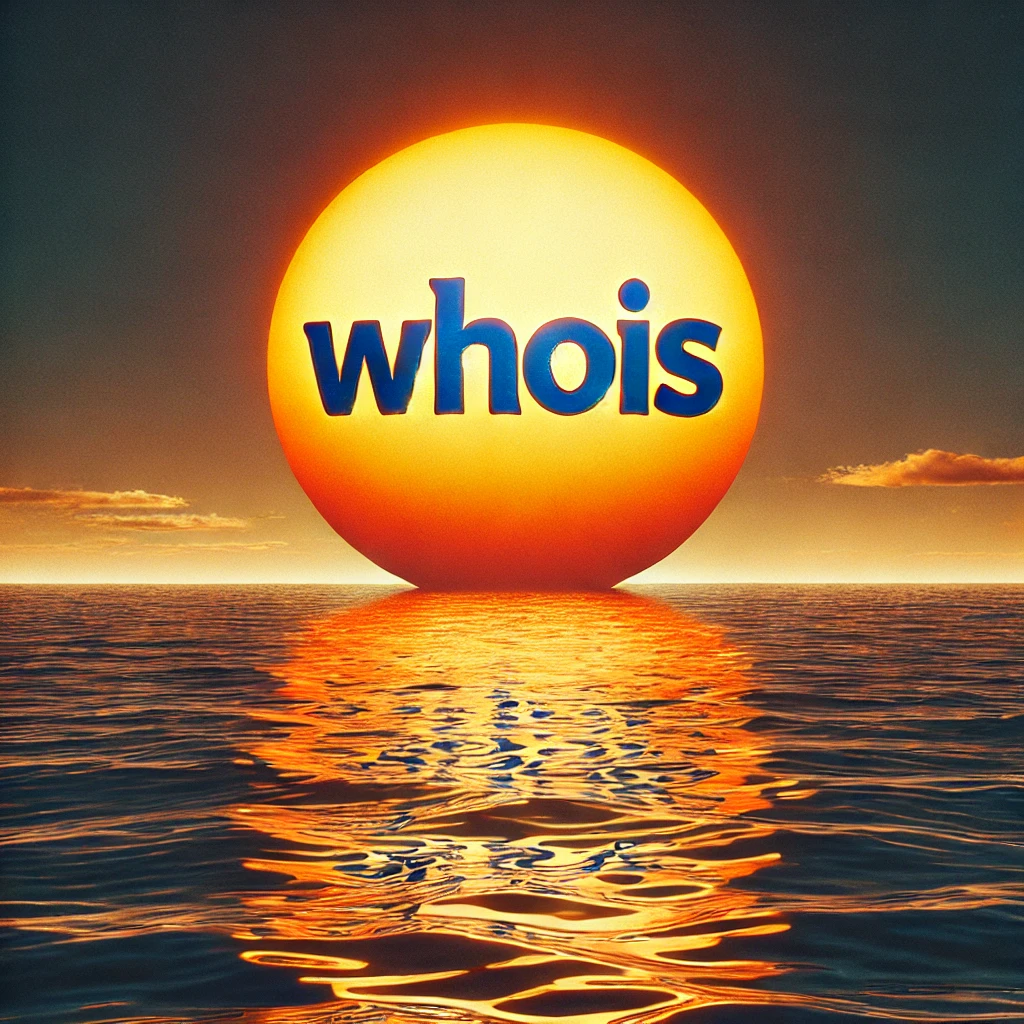
For years, WHOIS has been the go-to tool for checking who owns a domain name. Whether you’re investigating a website, verifying a business, or tracking down spam, WHOIS has been a quick way to pull up registration details. But things are changing. WHOIS is being phased out and replaced with RDAP (Registration Data Access Protocol)—a new, more secure way to look up domain ownership information. If that sounds like bad news, don’t worry. You’ll still be able to check who owns a domain name. But the way you access that information is changing.
Why Is WHOIS Going Away?
WHOIS has been around for decades, but it wasn’t built for modern privacy laws or security concerns. The system had several problems, leading to the transition to RDAP:
- Privacy Issues: WHOIS made personal information—like names, email addresses, and phone numbers—publicly available for anyone to see. This led to spam, scams, and even legal risks.
- No Standard Format: Different registrars displayed WHOIS data in different ways, making it hard to analyze or automate.
- Security Concerns: WHOIS was an open, unauthenticated system, meaning anyone could scrape data for misuse.
- Not API-Friendly: WHOIS relied on outdated technology, making it difficult to integrate with modern cybersecurity and compliance tools.
To fix these issues, ICANN (the organization that oversees domain names) is replacing WHOIS with RDAP.
How RDAP Works—And How It’s Different from WHOIS
RDAP is essentially WHOIS 2.0—it still lets you look up domain details, but with improved security, privacy controls, and structured data. Here’s what’s different:
- Stronger Privacy Protections: Personal information will be hidden by default unless the requester has proper authorization (such as law enforcement or security researchers).
- Standardized Data Format: RDAP provides structured, machine-readable data, making lookups more reliable and easier to process.
- Secure Access: Instead of open access, RDAP allows registrars to control who sees sensitive information, reducing spam and fraud.
- HTTPS Support: Unlike WHOIS, which ran on outdated text-based protocols, RDAP uses modern, encrypted web-based queries.
Will You Still Be Able to Look Up Domain Ownership?
Yes! RDAP will still show:
✅ Domain registrar (where the domain is registered)
✅ Registration and expiration dates
✅ Domain status (active, expired, or transferred)
✅ Nameservers (where the website is hosted)
What about contact details?
❌ Full owner details (like email and phone number) will be restricted unless you have proper authorization.
✅ Some domains may still have public contact details if the owner opts in to making them visible.
How to Look Up a Domain with RDAP
Most domain registrars (like GoDaddy, Namecheap, and Google Domains) already support RDAP. You can still perform domain lookups using tools from registrars, ICANN, or third-party services. The results may look different, but you’ll still get the key details you need.
What This Means for You
- For Regular Users: You can still check who owns a domain, but personal details will likely be hidden.
- For Businesses & Investigators: If you need full ownership details, you may have to request access through proper channels.
- For Domain Owners: Your personal details will be more protected, reducing spam and unwanted contact.
WHOIS may be going away, but you’re not losing the ability to check domain details. RDAP keeps that functionality while adding better security and privacy protections.
The shift is already happening, and over time, RDAP will completely replace WHOIS.
